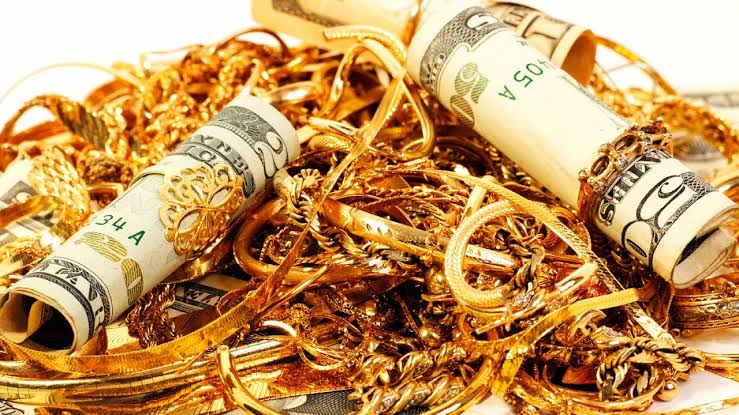
One of the primary elements that influence the worth of gold pieces is market need. When more individuals desire to buy gold, its price often to rise. This need can originate from various origins, such as jewelry makers, investors, and national financial institutions. For example, during periods of economic uncertainty, numerous traders turn to gold as a secure haven for their money. This heightened demand can drive up the cost of gold pieces. On the other hand, if need decreases, the worth of gold may drop. Understanding consumer trends and buyer actions is essential for determining the present worth of gold.
Another significant factor is the fineness of the gold. Gold is assessed in karats, with 24 carats being pure gold. Items with higher fineness levels are generally more valuable than those with lesser levels. For example, an article made of 18-carat gold consists of 75% gold and 25% other metals, while a 14-karat item contains only 58.3% gold. Buyers frequently look for high-fineness items because they are considered long-lasting and have a higher inherent value. Therefore, when evaluating the value of gold articles, it is essential to consider their fineness level.
Artistry also has a significant part in determining the worth of gold items. The skill and craft involved in making a work can greatly affect its worth. Handmade ornaments, for example, may be considered worth than mass-produced pieces due to the time and effort put in its production. Unique designs and intricate features can enhance the attractiveness of gold items, rendering them more attractive to collectors and consumers. Therefore, the artistry of a gold piece useful reference can greatly affect its market value.
Economic circumstances are another critical element that affects the worth of gold. The price of gold is frequently linked to the general state of the financial system. During periods of inflation or financial instability, gold is perceived as a reliable investment. As a consequence, its value may rise. On the other hand, when the financial system is strong and stable, the need for gold may decrease, resulting to lower prices. Traders and collectors must stay an watch on economic markers, such as rate rates and rising prices levels, to understand how these elements can impact the value of gold pieces.
The value of gold items is influenced by a combination of elements, including consumer need, purity, craftsmanship, and financial conditions. Understanding these factors can help people formulate informed decisions when purchasing or trading gold. As gold continues to be a important asset, being informed about these elements will be advantageous for those engaged in the gold market. Regardless of whether for personal use or investing purposes, recognizing what influences the value of gold can lead to better choices and enhanced sell gold artifacts satisfaction.